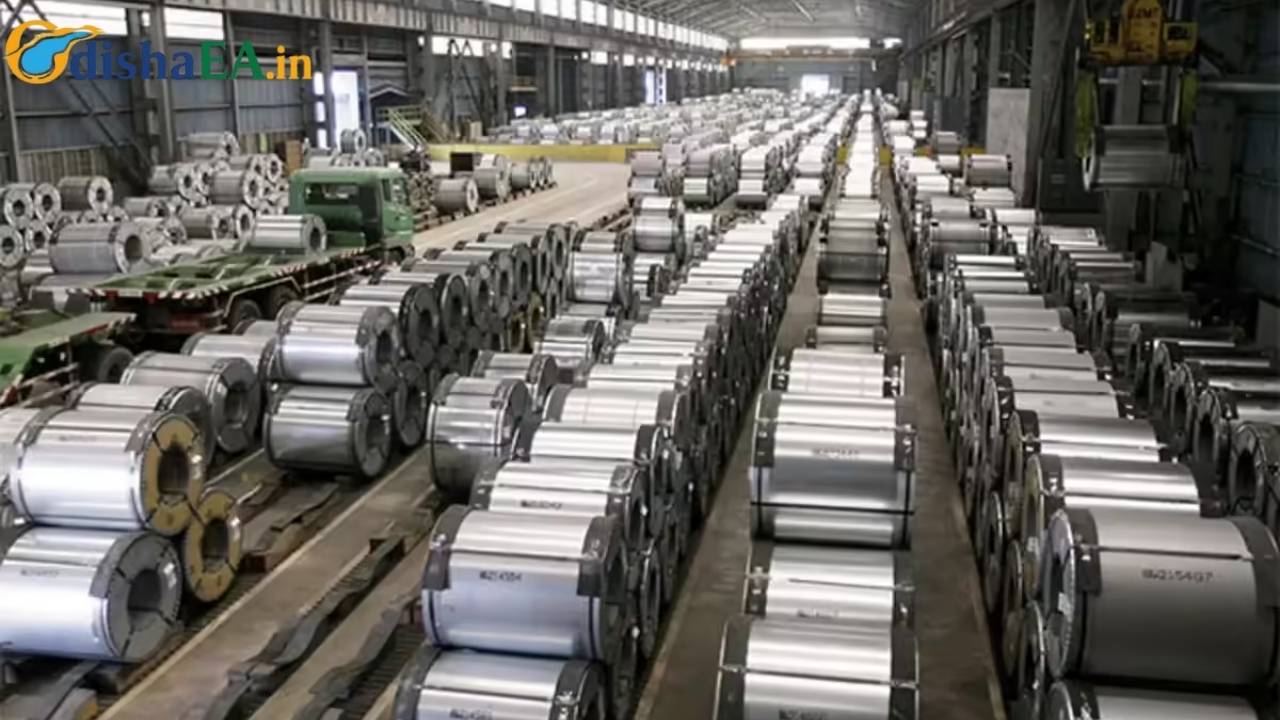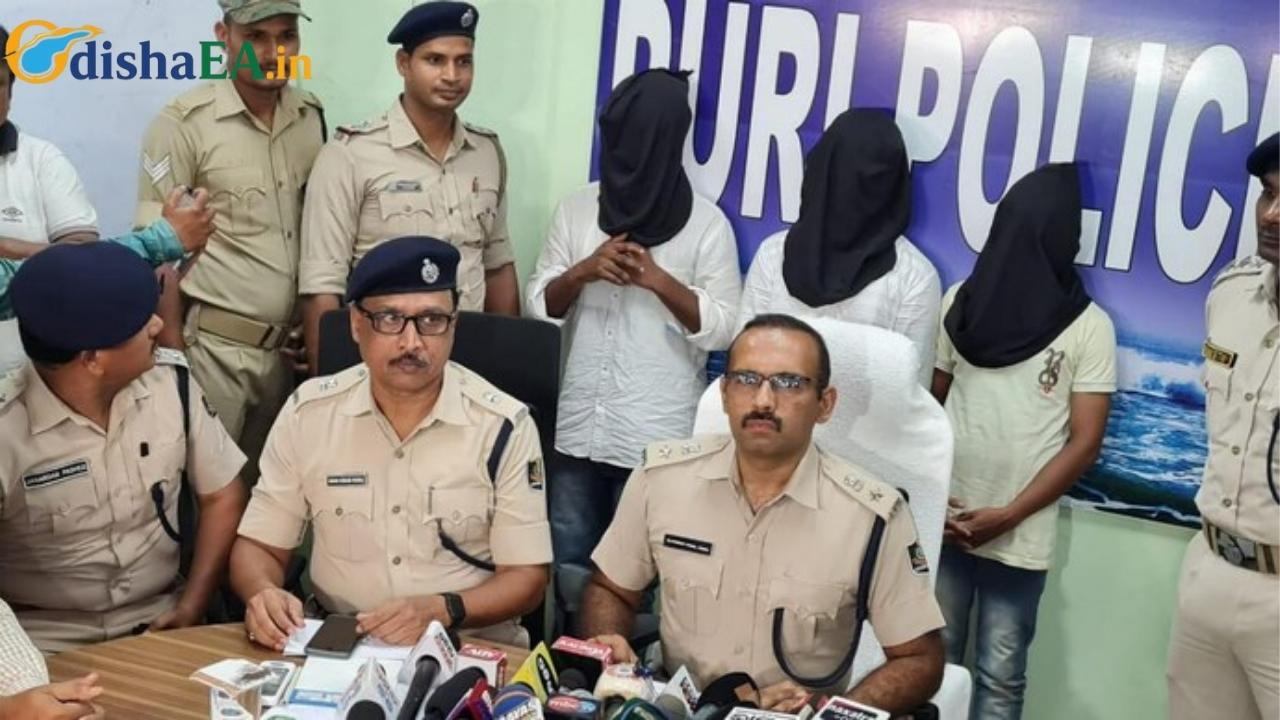When former Odisha Finance Minister Prafulla Chandra Ghadei finally broke his silence, he made one thing crystal clear: the abandoned Jajpur steel plant needs a revival, and fast. He directly urged Chief Minister Mohan Charan Majhi to step in and bring back life to the stalled Mideast Integrated Steels Limited (MISL) project in Kalinga Nagar, Jajpur.

This isn’t just about one steel plant—it’s about jobs, livelihoods, and the economic heartbeat of an entire community that’s been waiting since the project shut down in February 2020, leaving more than 2,000 workers unemployed.
Urges CM Majhi to Revive Abandoned Jajpur Steel Plant
| Point | Details |
|---|---|
| Who Spoke Up | Former Finance Minister Prafulla Chandra Ghadei |
| Appeal Made To | Chief Minister Mohan Charan Majhi |
| Steel Plant | Mideast Integrated Steels Limited (MISL), Jajpur |
| Closure Date | February 2020 |
| Jobs Lost | Over 2,000 |
| Communities Affected | Khurunti, Siaria, Nanagobindapur & surrounding villages |
| Context | Plant was first major project in Kalinga Nagar, started in 1993 by Mesco Steel Group |
| Current Push | Odisha govt. is investing ₹1.15 lakh crore in new industrial projects |
| Official Link | Odisha Government Official Website |
The call by former Finance Minister Prafulla Ghadei is more than political talk—it’s a wake-up call. The abandoned Jajpur steel plant represents broken promises and missed opportunities, but it doesn’t have to stay that way.
With Chief Minister Majhi’s leadership, Odisha has a golden opportunity to revive MISL, restore livelihoods, and set an example for industrial renewal not just in India, but globally. The people of Jajpur have waited long enough—now it’s time to turn steel dreams into steel reality.
Why the Jajpur Steel Plant Matters
Think of the Jajpur steel plant like a once-busy factory town in America’s Rust Belt. When the machines stop, the workers go home, and the local shops close their shutters—it’s not just a building that goes silent, it’s a whole community.
Back in 1993, MISL was Odisha’s first big steel project at Kalinga Nagar. The government even supported the plant by helping with land acquisition. But after decades of operation, the closure in 2020 was a punch in the gut for the region. Thousands of families, many of whom had already been displaced from their ancestral villages, were left in limbo.
For the people of Jajpur, reviving the plant isn’t just a business move—it’s about dignity, survival, and restoring hope.

The Bigger Picture: Odisha’s Industrial Push
Here’s where it gets interesting. While the Jajpur steel plant sits abandoned, the Odisha government under CM Majhi has been making big moves to push industry forward.
- In May 2025, the government launched projects worth ₹1.15 lakh crore, promising 36,000 new jobs. Major players like Tata Steel and Neelachal Ispat Nigam Limited (NINL) are expanding operations.
- A separate mega project with JSW and Posco in Keonjhar is also on the cards, showing Odisha’s ambition to be India’s steel capital.
So the question is: If Odisha can start new projects, why not revive one that’s already built and ready to go?
Lessons from the Rust Belt (USA Example)
To make this relatable, let’s compare Jajpur’s story with America’s Rust Belt—places like Detroit, Pittsburgh, and Cleveland.
- When factories shut down in these cities, workers had no backup plan. Entire towns collapsed economically.
- But when leaders reinvested in old plants or transformed them into modern tech hubs, jobs came back, people stayed, and the cities started to thrive again.
Odisha has a chance to learn from these mistakes. Instead of letting MISL turn into a forgotten ghost plant, it can be repurposed, revived, and modernized to fit today’s needs.
What Revival Could Look Like (Practical Guide)
If CM Majhi decides to move forward, here’s a step-by-step approach to bring back MISL:
1. Financial Re-Engineering
- Bring in public-private partnerships (PPPs) with companies already working in Odisha.
- Explore central government schemes like the Production Linked Incentive (PLI) scheme for steel.
2. Modernization of Plant
- Upgrade equipment for green steel production (reducing carbon emissions).
- Use automation and AI-driven manufacturing to improve efficiency.
3. Community Engagement
- Offer skill retraining programs for displaced workers.
- Create welfare packages for families still struggling since the 2020 closure.
4. Global Collaboration
- Attract foreign investors by positioning Odisha as the next steel innovation hub.
- Forge partnerships with global leaders like ArcelorMittal or Nippon Steel.
What This Means for Workers and Families
Imagine being one of those 2,000 workers who suddenly lost your paycheck in 2020. Four years later, you’re still waiting. Some may have left for other states, others may be doing odd jobs. Reviving MISL could:
- Put steady paychecks back into homes.
- Revive local businesses—grocery shops, schools, transport.
- Give displaced communities a sense of justice for their sacrifices.
This is why Ghadei’s appeal hits home—it’s not just about industry, it’s about people.
Odisha Emerges as Steel Powerhouse Target—JSW, POSCO Plot Mega Expansion
Odisha’s B-MAAN Scheme Soars as Bhubaneswar-Jharsuguda Flight Takes Off for the First Time
FAQs
Why did the Jajpur steel plant shut down in 2020?
The MISL plant closed due to financial difficulties and mismanagement, leaving over 2,000 people unemployed.
How many jobs could revival create?
At minimum, reviving the plant could restore the 2,000+ jobs lost, and potentially generate thousands more through supply chains and local services.
What’s the Odisha government doing now for industry?
The state recently launched ₹1.15 lakh crore worth of projects across steel, energy, and infrastructure, aiming to create 36,000 jobs.
Can the plant be turned into a modern green steel facility?
Yes. With the right investment, MISL could be upgraded to produce low-carbon steel, aligning with global sustainability goals.
How does this compare to the US industrial revival?
Just like America’s Rust Belt, Odisha has a chance to revive old industries instead of letting them rot—protecting jobs and boosting the local economy.





